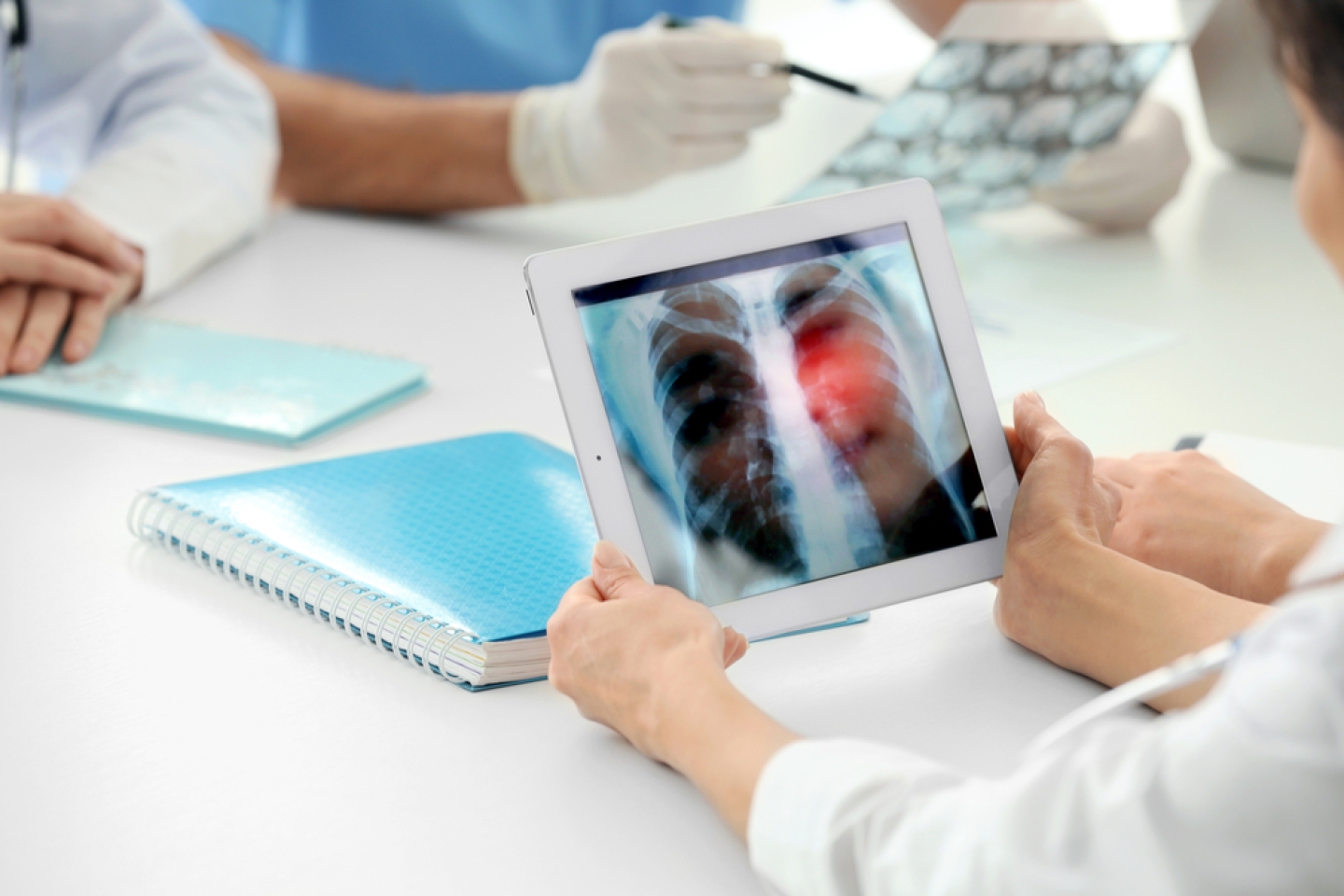
The symptoms of long COVID are notoriously diverse. In some people, this poorly understood post-viral syndrome affects the brain, while others are beset by cardiovascular, digestive or respiratory issues. Long COVID may also destabilize a person’s psychological well-being.
Anywhere from 5 to 40 percent of long COVID sufferers experience respiratory symptoms, from not being able to exercise as long as usual to something more severe, such as trouble breathing to a point where they can barely walk a few steps.
These respiratory issues can be hard to quantify on CT scans of the lungs. Even worse, they have been creating delays in screening for lung cancer in patients considered at risk for the disease.
Dr. Bradley Pua, Associate Professor of Radiology, Division Chief of Interventional Radiology and Director of the Lung Cancer Screening Program at Weill Cornell Medicine, explains the complex reasons for these delays and shares some of the latest long COVID research findings. Read on to gain insight into this important topic per his expertise.
The COVID-19 vaccines are causing enlarged lymph nodes—a sign that the immune system is fighting the virus. Enlarged lymph nodes aren’t clinically significant, Dr. Pua explains, “but they require us to delay a lung screening scan by about a month to make sure we don’t misinterpret the enlarged nodes on a scan as something more ominous.
“That said,” he continues, “a delay of a month for an annual lung scan isn’t usually a problem. The journal articles we’ve seen regarding reduced cancer and lung screening rates during the pandemic haven’t reported delays in access to care. We’ve continued to screen people at higher-risk. Anecdotally, we’re seeing more people who are interested in learning about lung screening, presumably because COVID has raised their awareness around the importance of pulmonary health.”
“COVID typically shows up as ‘multiple ground glass opacities’ throughout the lungs. ‘Opacities’ is the term we use in radiology, as these areas look white against a black background on our screens,” Dr. Pua says.
“We can partially see through these opacities. They have a pretty characteristic appearance—we liken them to ground glass—and very few things look like them.”
Some people with mild symptoms have normal CT scans. But “ground glass opacities” may show up in patients with more severe symptoms, and they can hide more ominous things underneath—most notably lung cancer. “Once we find them, we continue to give patients CT scans until the opacities resolve.”
At present, there is no national guidance on how often or how long to administer scans, he says. “We tend to follow established protocols in our lung screening program, which is designed around the best information we have from published academic articles, our own investigations, and conversations with our international colleagues.”
See more detailed information about risk factors for lung cancer on the CDC’s website here.
“Both—especially if a patient is symptomatic,” he says. “At Weill Cornell Medicine, we have a robust lung screening and nodule surveillance program. Your PCP or pulmonologist can refer you for screening, or you can self-refer.”
Lung cancers may be hiding under the changes we see from long COVID, he says, but it isn’t clear whether COVID actually causes or contributes to lung cancer. “We’ve begun to analyze our experiences treating a related smaller infection from the past: the original SARS infection in 2003. However, the results of follow-up exams with those patients have been mixed where cancer risk is concerned.
“Ideally,” he adds, “we’d like to create a program to follow patients with long COVID more formally. We’d look at changes in their CT scans, using their initial COVID infection as a baseline. Unfortunately—and we’re finding this at other major medical centers as well—a lack of federal and state support for such endeavors makes such a program difficult to create and maintain. But that won’t stop us from advocating for it.”
Make an appointment for lung cancer screening at Weill Cornell Medicine here.